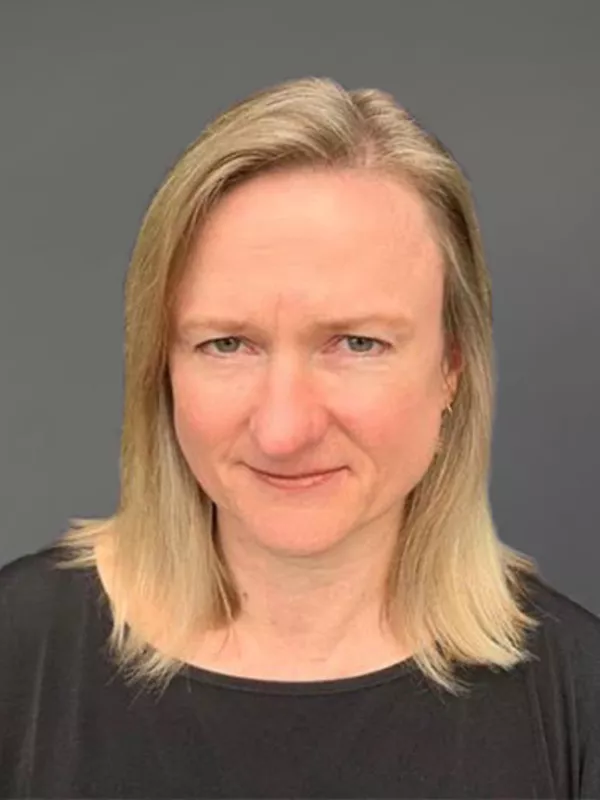Breast Cancer
Breast cancer is the most common cancer for New Zealand women.

There are over ten different types of breast cancers. Most begin in the ducts and are called ductal cancers. Others begin in the glands that make milk, and are called lobular cancers. A very small number of cancers start in other breast tissues. Breast cancer can present as lumps, although not always. Similarly, a lump in the breast does not necessarily indicate cancer.
If cancer cells have spread to glands under the arm, this could indicate that they have spread elsewhere in the body too and further diagnostic tests may be needed to rule this out.
Whole Breast Radiation Therapy (WBRT) still remains the gold-standard in adjuvant radiation therapy due to the patient benefits of being non-invasive; planned delivery of radiation dose and with WBRT being performed in the post-surgery setting with known margin and nodal status.
In spite of the negative portrayal of WBRT, treatment can be delivered over three to five weeks of daily appointments ranging from 15 to 30 minutes. With the majority of patients only requiring three weeks of radiation therapy.
While there are different techniques for delivering Accelerated Partial Breast Irradiation (APBI), Intraoperative Radiation Therapy (IORT) or ‘ intrabeam’ is just one of these techniques.
ARO has been aware of IORT technology for some time, and continues to monitor the scientific evidence from clinical trials using this technology, however the independent and impartial expert advice we have from the Royal Marsden Hospital in the UK, (who are the established world authority on breast radiation therapy) is that the technique should not be used outside of a clinical trial situation. IORT is therefore, not being offered by ARO. This position is in line with that of the American Society for Radiation Oncology (ASTRO).
Auckland Radiation Oncology has participated in research with the University of Otago, with regard to minimising breast patient side-effects. Read more here
In more detail
Nearly all breast cancers are carcinomas, which is a cancer that begins in the epithelial cells of organs like the breast. The ducts and lobules of the breast are glandular tissues. Glandular tissues make and secrete a substance, such as milk, and cancers starting here are often called adenocarcinomas.
If the breast cancer has stayed in the ducts or the lobules, and the cells have not invaded the rest of the breast or spread to other parts of the body, this is called ductal carcinoma in situ or lobular carcinoma in situ. Sometimes it is referred to as non-invasive or pre-invasive, because it might develop into invasive cancer if left untreated.
Breast cancer that has already grown beyond the layer of cells where it started, is known as infiltrating carcinoma or invasive carcinoma. Most breast cancers are invasive carcinomas and are either invasive ductal carcinoma or invasive lobular carcinoma.
Sarcoma are cancers that start in connective tissues such as muscle tissue, fat tissue, or blood vessels. Sarcomas of the breast are rare.













